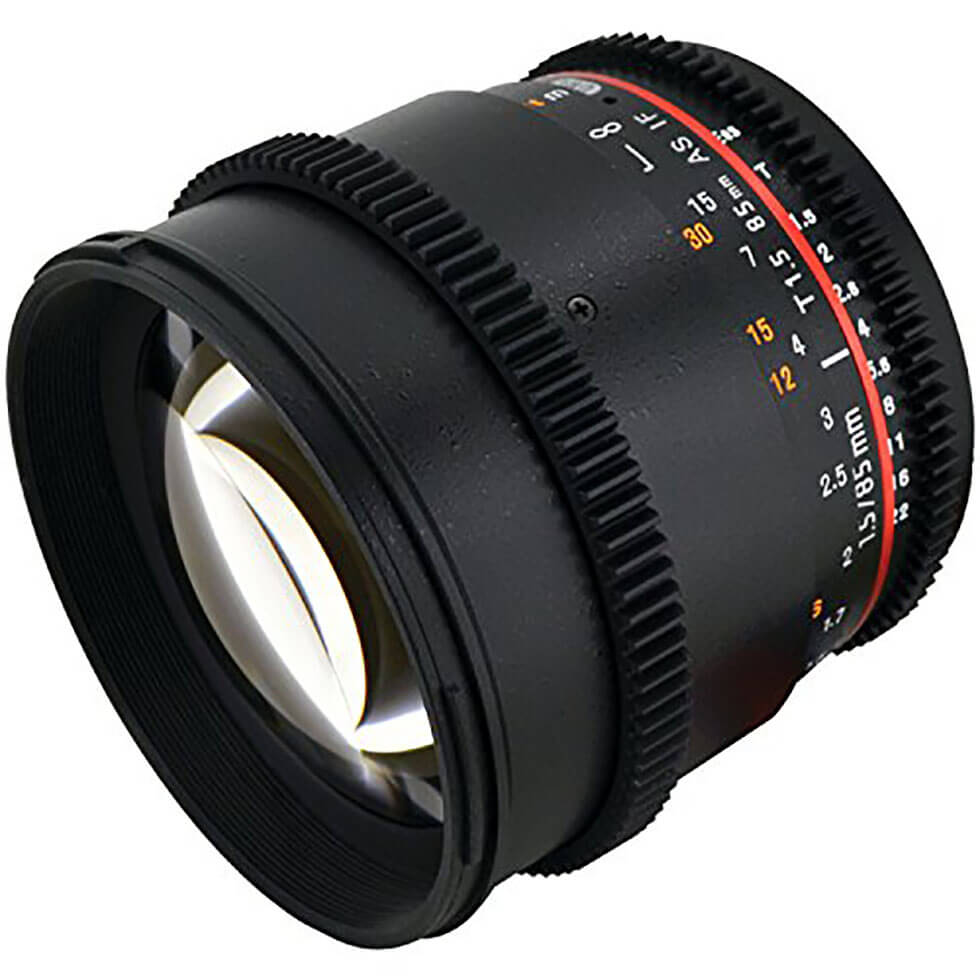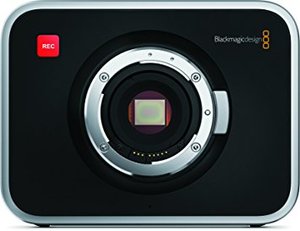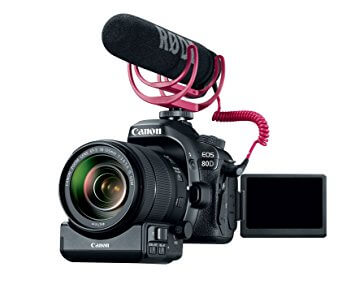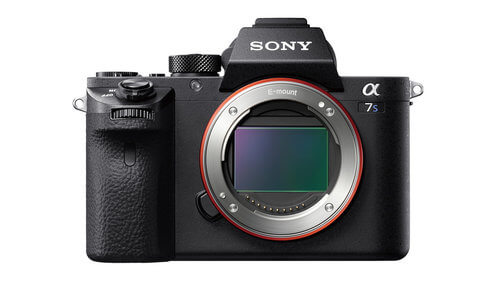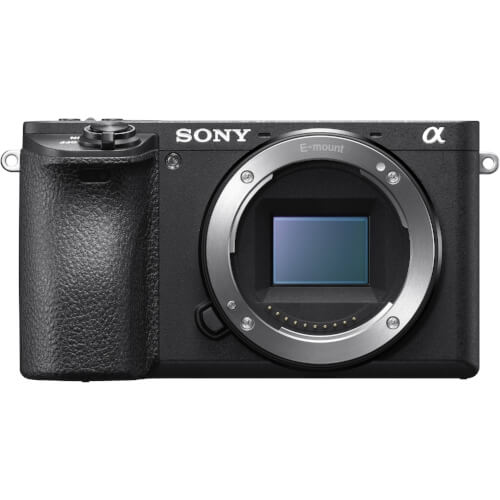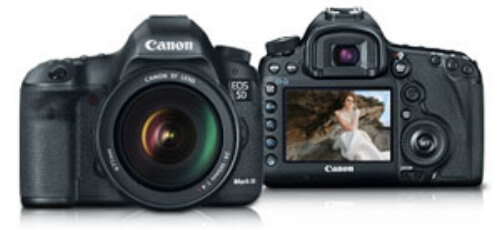Rokinon 85MM Camera Lens Review – You’re Missing Out!
In this overview of the Rokinon 85MM Cine Lens 85MM, we’ll cover why it’s a great choice for filmmakers and videographers, especially if you’re on a budget. This prime lens is definitely worth a consideration for your glass collection. It will certainly improve your videography game, and would work well with any DSLR camera.
Prime lenses are priced for someone with a big budget. However, aspiring cinematographers and independent filmmakers can rejoice because an affordable line of cinema lenses has been introduced courtesy of Rokinon.
These things are up to 14 times less expensive than their Canon equivalents but just because they’re 14 times less expensive does that mean they’re 14 times worse?
Pricing and Availability for the Canon EF
Pricing and Availability for the Sony E-Mount
Official Summary of Rokinon features for the 85MM Cine lenses
- 85mm focal length for full-frame format
- Very fast T1.5 maximum aperture
- 8 blade iris for attractive bokeh
- Geared focus and aperture control rings
- “Declicked” aperture control ring
- Minimum focus distance of 3.6′
- Internal focusing mitigates lens breathing
- Aspheric lens element limits spherical aberration
- Lens multi-coating improves transmission
Here is a quick spec guide from Rokinon’s website:
Model: CV85M-C
UPC: 0-84438-76092-7
Focal Length: 85mm
Maximum Aperture: T1.5
Coverage: Full Frame (FX)
Optical Construction: 9 Glass Elements In 7 Groups
Aperture Range: T1.5 to T22
Diaphragm Blades: 8
Coating: Ultra Multi-Coating
Minimum Focusing Distance: 3.6ft (1.1m)
Filter Size: 72mm
Lens Hood: Removable
Maximum Diameter: 3.1″ (78mm)
Weight: 20.5oz (580g)
Length: 2.94″ (74.7mm)
What are Cine Lenses?
A Cine lens is designed specifically with the Digital Videographers and/or Cinematographer in mind. The lenses have gears that protrude out of the sides of the lens (see image above), allow for external accessories like follow focus devices or aperture control devices that help you. The videographer can maintain focus on a moving subject and adjust changing light within a scene with nice smooth dials that connect to your lens.
Now if you’re serious about your videography, you’re going to want to at some point consider a Cine lens but buyer beware, these things are not cheap!
Let me give you an example, the Canon cinema 85 millimeter t/1.3 will set you back, are you sitting down, $4,950! Combine that with the cost of follow focus gears and base plate; frankly videography can very quickly set you back tens of thousands of dollars.
Let me give you an example, the Canon Canon cinema 85 millimeter t/1.3 will set you back, are you sitting down… $5,530!
Combine that with the cost of follow focus gears and base plate, and your videography can very quickly set you back tens of thousands of dollars.
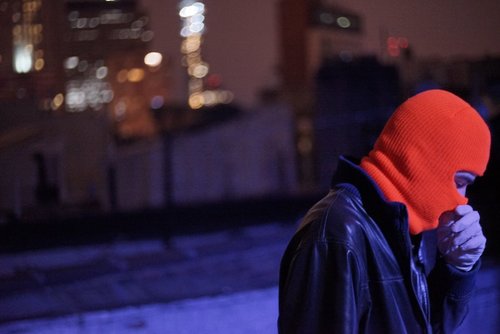
Review of the Rokinon Cine Lens Build Quality
It’s a much better grade of quality that you would expect for something that’s so relatively inexpensive. Plastic is not cheap. It’s actually pretty solid. It’s got a nice focus ring, an aperture ring which are extremely smooth.
Lens to hood on the flip side is really cheap. It doesn’t really snap into place, and you can just really just take it off with hardly any pressure at all. It’s made of low grade plastic — very much unlike the lens itself — but it’s functional. It serves the purpose well, which is take close up pictures. Or get your bokeh game going.
As a prime lens, keep in mind that it’s manual focus. So this means you can’t rely on auto focus to keep your subject in focus. Personally, I prefer prime lenses when possible because image quality will be better. But of course, zoom lenses have their place. To get a quick overview on prime versus zoom, check this out:
Is the Rokinon 85MM the Best Option for Cinematography?
Simply put in the brave new world of cinematography, the value of the Rokinon is nothing short of extraordinary. No — there are no electronic components. No — the lens is not optically perfect nor does it need to be.
As you know, optics means slightly less in motion, pictures they do in stills but at the end of the day this lens is not quite up to the part of the Canon but you have to consider that this lens is only about one fourteenth the price of the Canon, meaning that you get about 80% of the lens for about 8% of the cost.
So the bottom line is for value, this thing is nothing short of extraordinary and easily a 5 stars out of five. Or 10 out of 10. Or whatever metric you use, this lens at this price point cannot be beat.
How to Use the Rokinon 85MM Lens to Improve Your Wedding Videography?
For wedding videography, we do recommend zoom lenses as that will allow you to close-up shots. However, as I said, when you use a prime lens you do get better quality images. And quality images mean happier clients which means more referrals and money in your pocket.

If you can have multiple shooters at your wedding videography gig, one of the things I like to do is give one of the secondary shooters a Rokinon 85MM and the other shooter an 18-35MM Zoom lens.
The videographer with the 18-35MM zoom lens can focus on taking more wide angle shots, and the other can focus on getting close-up shots.
Finally, I usually set up another camera with either a 35MM or 50MM prime to shoot the entire ceremony or banquet hall. I’ve found that this setup allows me maximum coverage, if my budget allows it.
As an editor, it’s always important to get as much coverage as possible because you can do cut-aways or use the footage in a montage. You’ll usually have a shot list for any wedding videography that would require more close-ups:

- The bouquet of flowers
- The wedding invitations
- Facial reactions from parents or guests
- The food or the menu
I admit that the 85MM lens is more of a luxury than a necessity. Read our main article of videography lenses on what we think you should buy if you’re just starting out.
As you get more wedding videography gigs and your budget allows it, it’s definitely worth investing in a set of prime lenses and you can start with the basic ones:
- The 24MM
- The “Nifty Fifty”
- The 85MM
Finally, if you intend to shoot films, an 85MM must definitely be part of your collection.
Using the Rokinon 85MM Cine Lens in Filmmaking
For filmmaking, it’s very important to take stylized shots. Filmmakers like Aronofsky loves to use the 85MM lenses (or other macro lenses) to create a montage of close-ups that has a jarring effect to the viewer. Take a look at these montages from “Requiem for A Dream” —
After watching that sequence, imagine if it was taken on a 50MM. Would you have a different feel? Of course! It would be less jarring than how Aronofsky shot it. One of his signature styles is the use of the Extreme close up (ECU) replaced with a wide angle, which creates a sense of being alone in the world.
Filmmaking is an art form and you can’t shoot everything on a 50MM. You’ll need to vary between wide angle and the macro view to keep your audience interested.
Finally, an 85MM (or macro lenses in general) is another way to shoot dialogue. Sometimes you want the audience to be more up and personal with the actors — less focus on the background and more focus on the actors’ reactions and actual dialogue. Take a look at this video of shooting a dialogue:
At around the 3:50ish mark, youll see that the cinematographer uses a 35MM. In the wide angle version, you can make out the background and see the actors. The Coen brothers love to shoot in this style. The background becomes a sort of mise-en-scène so you can see the characters in relation to the world around them.
Now compare that to shots taken at around the 6 minute mark. He uses a 100MM to focus more on the actors. Now, these shots have more bokeh and the focus is on the girl’s face.
Personally, I love the Coen style of dialogue but that is outside the scope of this review. The important take-away is that a serious filmmaker requires a macro lens in their kit. There are many times where a close up of the actors’s faces and reactions are more important, and you need the audience to focus less on the background. In these situations, you’ll need a macro lens like the Rokinon 85MM Cine.
Is Rokinon Worth the Price?
If you’re a wedding or event videographer, there’s definitely a place for your kit for cine lenses. A great entry point would be to get the Rokinon’s 85MM Cine Lens. This will allow you to take high quality close up pictures and a lens you can give to your second or third shooter for coverage.
We give 4 stars out of 5. It’s great value for the price, and I know a lot of indie videographers use it as a go-to lens for their commercial stuff. It’s not a perfect 5 because it’s still not a prime Zeiss lens (but then again that’s more higher end).
For filmmakers, a macro lens is a MUST. As detailed above, shooting dialogue on a wide angle lens versus a macro lens has a different feel. Since filmmaking is all about creating the tone (and lighting!), then you’ll need the right lens for particular shots. Not everyone can start off with the Canon or Zeiss lenses so Rokinon’s Cine lenses are a great alternative for student or beginner filmmakers.
Pricing and Availability for the Canon EF
Pricing and Availability for the Sony E-Mount
Thank you for reading this review on the Rokinon 85MM Cine lens. Definitely check out ourlens guide for DSLR cameras for more info or go back to Part 1 of our film guide.
2Bridges Productions Copyright © 2017. Address: 25 Monroe St, New York, NY 10002. Phone: 516-659-7074 – All Rights Reserved.
We are a participant in the Amazon Services LLC Associates Program, an affiliate advertising program designed to provide a means for us to earn fees by linking to Amazon.com and affiliated sites.

